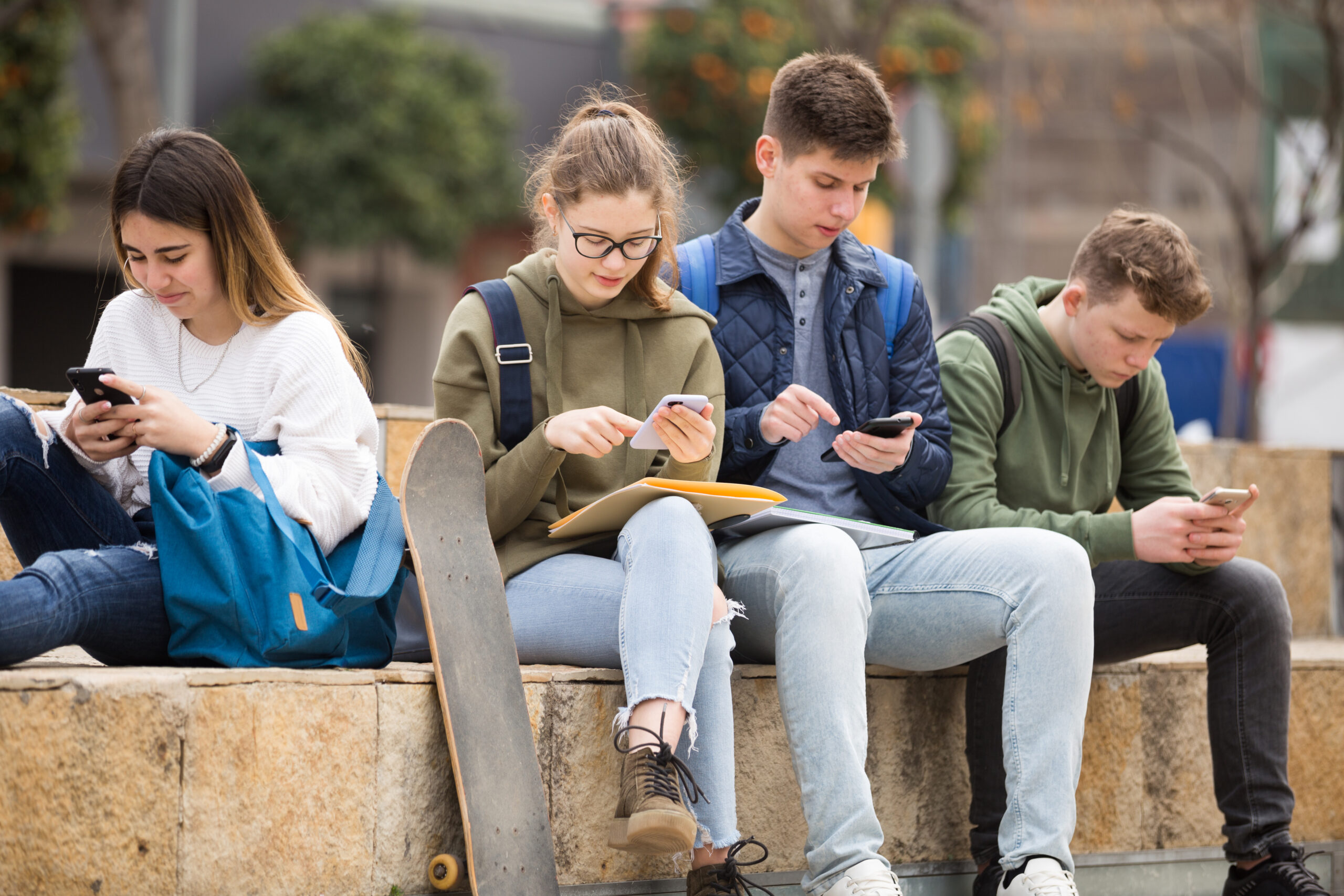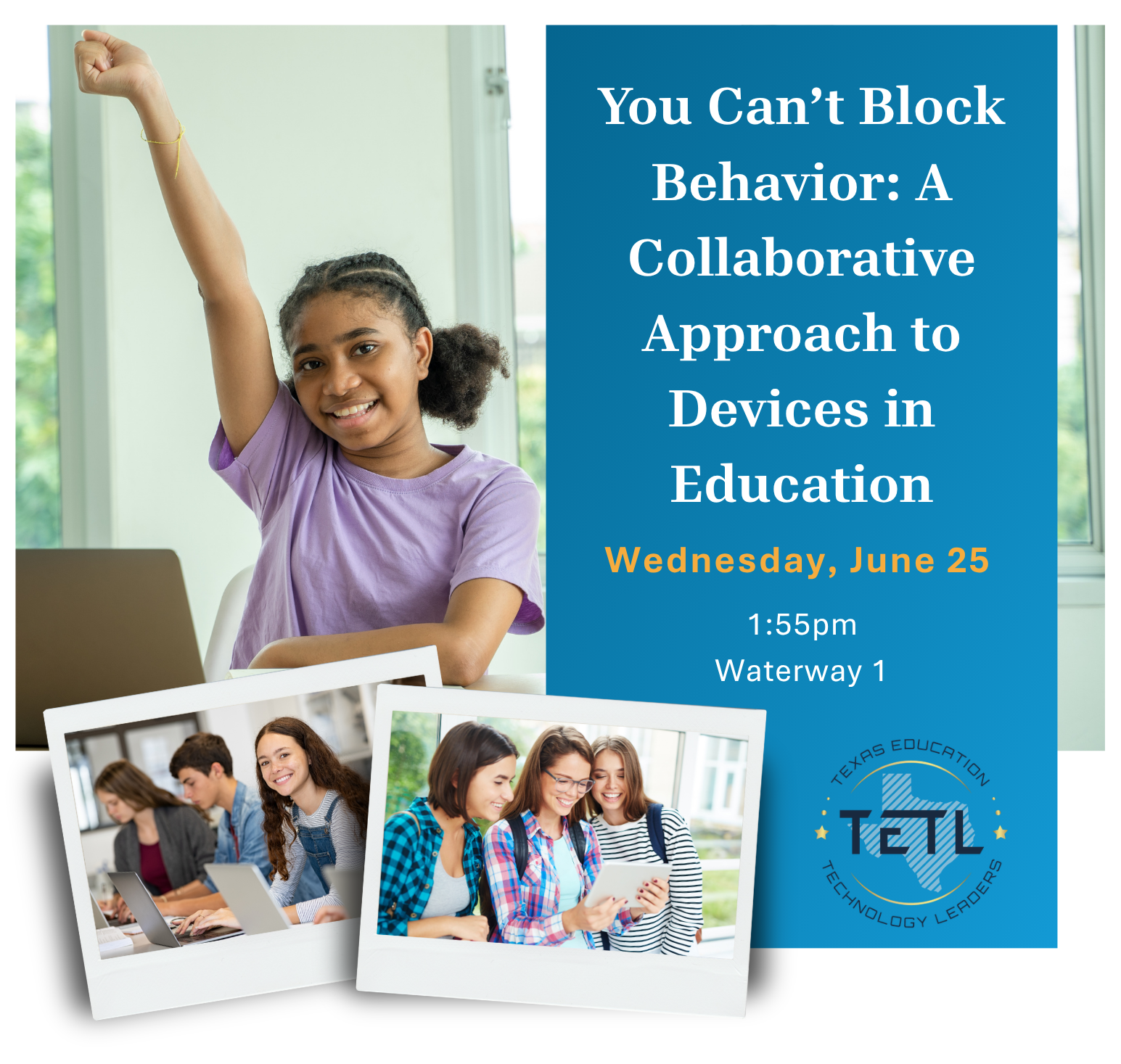A recent article in The Guardian highlights a thought-provoking perspective on the growing debate around teen smartphone use. An academic warns that a blanket ban on smartphones for teenagers could be “potentially detrimental,” adding another layer of complexity to an already hotly contested issue.
For many parents and educators, the allure of a simple solution like a complete ban is understandable. Concerns about screen time, social media pressures, cyberbullying, and the potential impact on academic performance are valid and widespread. The idea of simply removing the device seems like a straightforward way to mitigate these risks.
However, the academic’s caution raises crucial questions that deserve careful consideration. Are we, in our eagerness to protect our teens, potentially hindering their development in other ways?
The Nuances of the Digital Age
Today’s world is undeniably digital. Smartphones are not just entertainment devices; they are increasingly integral tools for communication, education, and even future career prospects. A blanket ban could inadvertently:
- Isolate teens socially: In a world where online interaction is often a primary form of connection, being completely cut off could lead to feelings of exclusion and social awkwardness.
- Limit access to valuable resources: Smartphones can be powerful learning tools, providing access to information, educational apps, and online learning platforms. A ban could restrict these opportunities.
- Hinder the development of digital literacy: Navigating the online world responsibly is a crucial life skill. A ban doesn’t teach this; it simply avoids it. Teens need guidance and education, not complete removal, to learn how to use technology safely and effectively.
- Create a “forbidden fruit” scenario: Restricting access entirely might make smartphones even more desirable and lead to secretive use, potentially making it harder for parents to monitor and guide their children.
Finding the Right Balance
Instead of a sweeping ban, perhaps the focus should shift towards fostering a healthy and balanced relationship with technology. This could involve:
- Open and honest communication: Talking to teenagers about the risks and benefits of smartphone use, setting clear expectations, and encouraging responsible online behavior.
- Implementing time management strategies: Establishing reasonable limits on screen time and encouraging alternative activities.
- Utilizing parental control tools: Exploring apps and settings that can help monitor usage and filter content.
- Educating teens about online safety and digital citizenship: Teaching them about cyberbullying, privacy settings, and responsible online communication.
- Leading by example: Parents should also be mindful of their own smartphone usage and demonstrate healthy tech habits.
The Conversation Continues
The academic warning serves as a crucial reminder that the issue of teen smartphone use is not black and white. While the concerns are real, a blanket ban might be an oversimplification with unintended negative consequences.
The challenge lies in finding a middle ground – empowering teenagers to navigate the digital world responsibly while mitigating the potential risks. This requires ongoing dialogue, education, and a nuanced approach that considers the individual needs and developmental stages of each teenager.
What are your thoughts? Is there a solution that provides a win/win for students, teachers, and parents? What strategies do you think are most effective in guiding teenagers towards healthy smartphone use? Share your opinions in the comments below!








